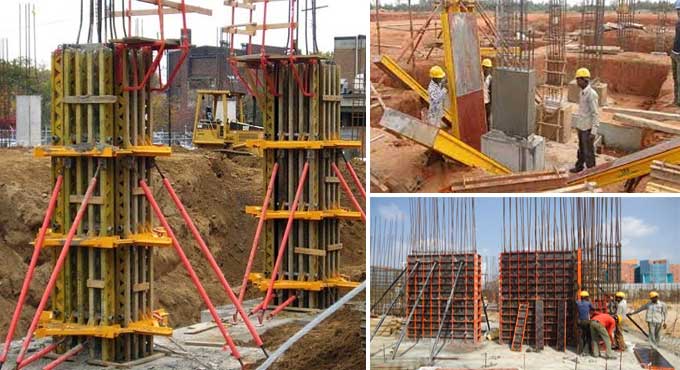NEWS | SOFTWARE | SHEET
An Essential Guide to Concrete Formwork Removal & its Benefits
Formwork in the concrete sphere must be understood before we can begin the process of removing it. The formwork holds the poured concrete in place as it cures, being set up ahead of the concrete pour.
By the time concrete has completed its curing stage, it has reached a desirable level of hardness, ensuring its ability to hold its own weight, thus eliminating the need for formwork. Engineers specify the level of hardness in the project specifications, which is measured in MPa or PSI.
Formed concrete is poured into temporary molds and compacted to form concrete according to design. Concrete structural members are cast using the correct formwork. Until the concrete hardens and becomes stronger, the formwork must remain in place.
Formwork should be removed only when the concrete is strong enough to take up its dead weight without additional support.
It is important to remove forms or props at the correct time to take precautions when they are removed. Once the concrete structural elements supported within the formwork have achieved the desired strength, the formwork must be removed.
How to Remove Concrete Formwork
Tackling the Top: Whenever you remove forms from a sloping slab, you always have to start at the top. You can dislodge nails holding forms together with a hammer. In the construction process, slabs and beams are subjected to a live load, so ensure that the strength achieved is adequate to withstand such loads.
Concrete Checking: You make sure the concrete is cured, meaning it is hard and dry to the appropriate degree, in order to ensure a firm surface. It is possible to monitor temperature and strength with any kind of wireless sensor that provides more accurate results than field-cured cylinder breaks. Concrete removal time in winter is considerably greater than in summer, so weather should be taken into account when checking if your concrete is ready.
Check the Sides & the Ground: To avoid any damage to the forms or stakes, it is necessary to remove the stakes that support the forms from the ground with a stake puller.
Pry bars can help loosen forms in concrete when pried upwards from the ground if a form becomes challenging to remove with minimal strength. If forms can be cleaned and dried, or disposed of if necessary, alternate the sides of the slab when removing them to preserve the balance of the structure.
How to prevent damage while removing Concrete Formwork
Crowbars should not be used to remove the formwork as this may damage the concrete, but wooden wedges are a better alternative. The columns and beams' sides could bulge if the concrete is not hard enough, and the structure could collapse if it is not strong enough.
For matters regarding the organization pattern of formwork removal as well as the quality of hardened concrete, it is highly recommended that the on-site engineer be consulted, supervised, and provided with expertise.
To get more clear ideas, go through the following exclusive construction video tutorial.
Lecturer: Giatec Scientific Inc.
Cycling Formwork Benefits
It's important to have an efficient and sustainable jobsite, which is why cycling formwork is a great idea. A slab's curing process can be sped up by reusing formwork in almost any situation when it is possible.
It eliminates other issues regarding transportation and installation, which can add to the cost and time savings of any project. Recycling formwork improves a project's scheduling and costs, while improving its environmental impact.


